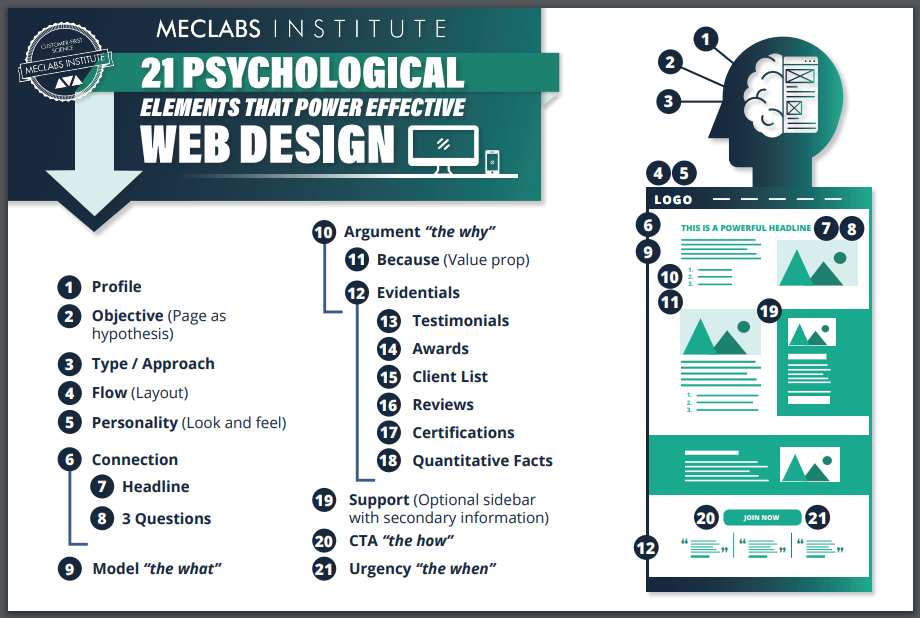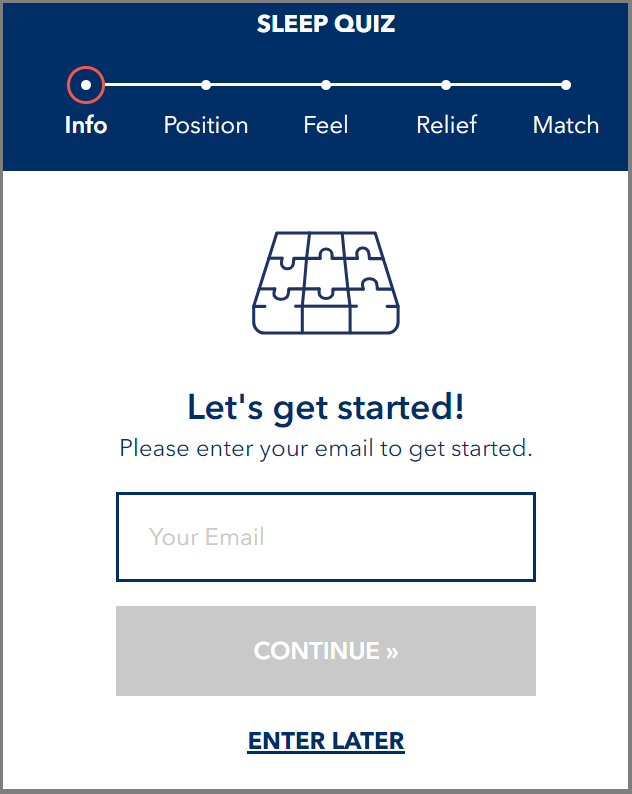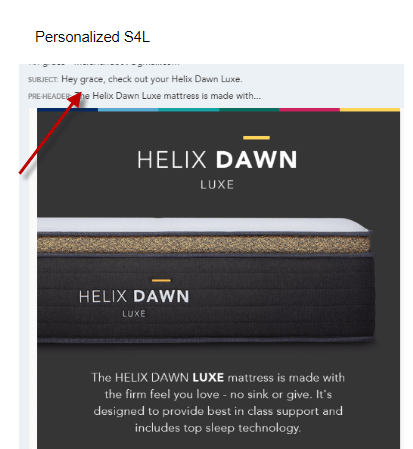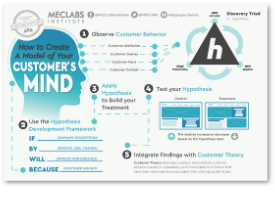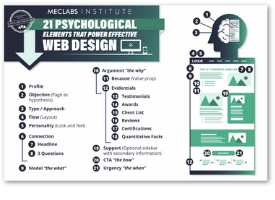Ask MarketingSherpa: Finding and hiring content marketing writers
We frequently receive questions from our email subscribers asking marketing advice. Instead of hiding those answers in a one-to-one email communication, we occasionally publish edited excerpts of some of these conversations here on the MarketingSherpa blog so they can help other readers as well. If you have any questions, let us know.
Dear MarketingSherpa: What factors should I consider when hiring a content marketing writer? Do you have any recommendations for content writing services or other ways of finding content marketing writers? We produce a lot of content internally but are aiming to scale by outsourcing. We’ve used a few providers in the past (freelance writers and an online writers’ marketplace, for example) and currently use a content writing agency, though I’d welcome any other suggestions.
Dear Reader: From our limited experience, there is no content writing service that is head and shoulders above the rest for every industry and topic area that we could recommend without reservations. It doesn’t mean they’re not out there, it just means we haven’t encountered them yet.
The best you can do is try them out and experiment to see what is the best fit for your unique company and industry. For example, you might commission ten articles from ten writers from three different services, and then narrow it down based on their ability and dependability. Obviously, it will be highly variable based on their pay rate.
Here are a few questions you might want to get aligned on internally when outsourcing content marketing writing:
What type of content should your brand be producing and how should it sound?
Can the writer do interviews? Storytelling? Human interest stories? Profiles? Case studies? Entertaining writing? Humor? Technical writing? Work with busy executives? Are they fluent in your industry? Or do they focus just on basic factual information?
Some writers are more flexible than others and can do many things effectively. Others focus on a specific niche and can do an amazing technical white paper but couldn’t do a personality-driven piece well. You’re not just looking for general skills and dependability, you also need the right fit for your brand and value proposition.
![]() How important is the human connection when customers consider purchasing from us?
How important is the human connection when customers consider purchasing from us?
Consider the importance of the human element when looking at the type of writing the writer does. The human element to content writing can be especially important if you have a services-based business. You need a writer who can interview your subject matter experts and clients well and tell that compelling human interest story, even when talking about basic industry information. With a services-based business, customers aren’t only looking for expertise but also are going to make a human connection with your consultants if they hire your business.
![]() What level of expertise do customers expect from our brand?
What level of expertise do customers expect from our brand?
One word of caution, for a website or product that requires a certain level of expertise, you may want to be careful about hiring the lower-cost SEO type of writers. I call their style of writing “book report writing” because it’s like a basic regurgitation about a topic, no real insights.
This may not be a good fit if people are buying your expertise, even when it’s just software and not an actual human interaction. The cheaper writers can be better for simple consumer goods products that rely less on an expertise sale, like headphones or mattresses.
You could even see which freelance writers are engaged in true journalism and take a brand journalism type of approach. You can learn more about brand journalism in this blog post (while this post discusses a direct hire, you could do the same with freelance).







